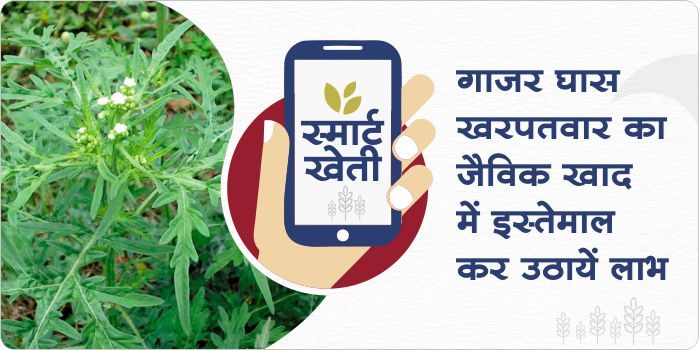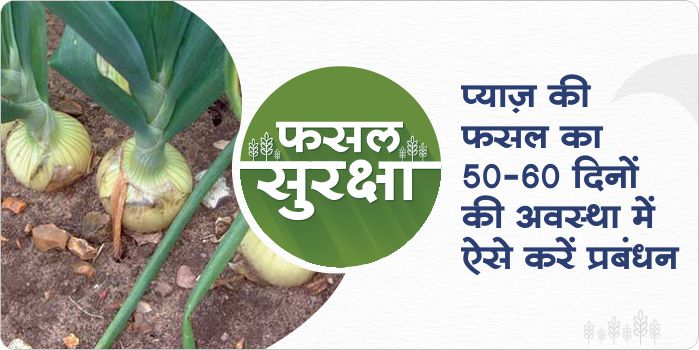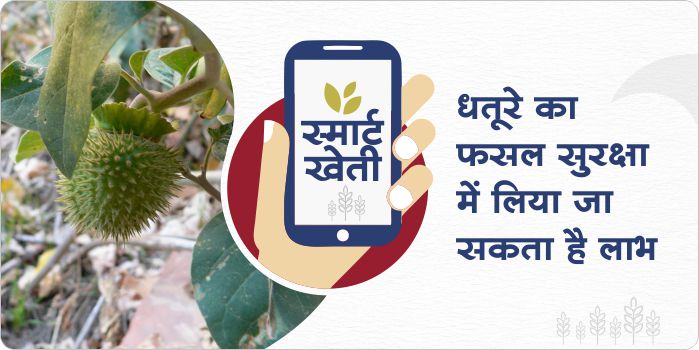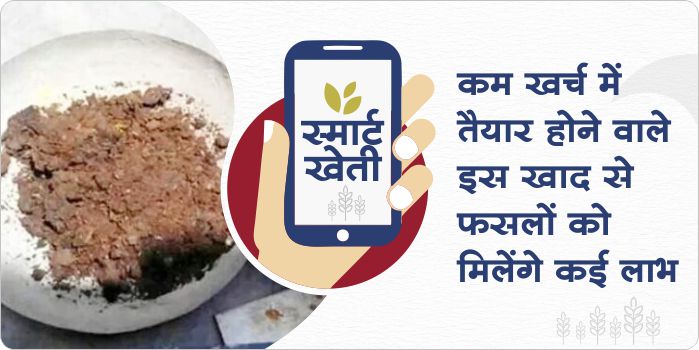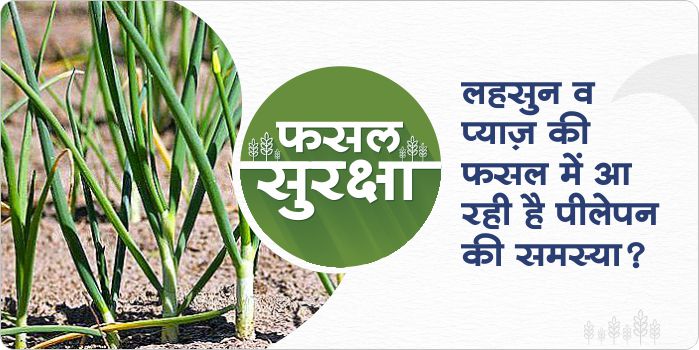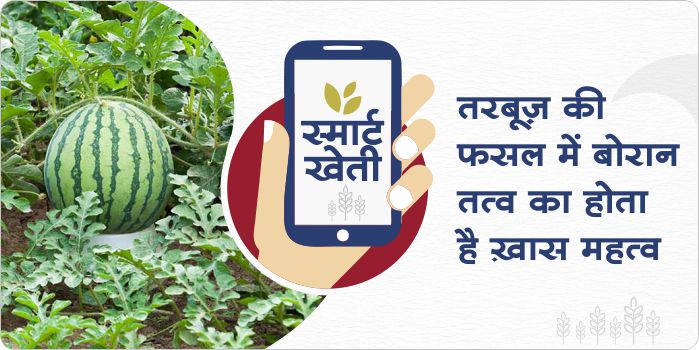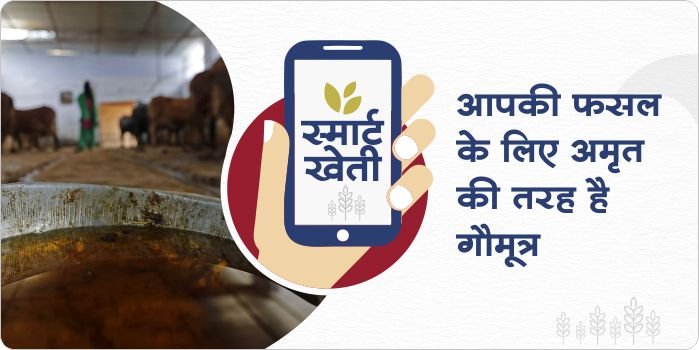- Congress grass is a big problem for farmers but it also has great importance in agriculture.
- Congress grass is a very good source of nitrogen, it can be used to biologically supply organic nitrogen.
- Compost prepared from congress grass is an organic manure and has no bad effects on crops, humans and animals.
- On making compost, the toxic chemical “Parthenin” found in the living state of this plant completely dissolves.
Weather will change in Madhya Pradesh, temperature will increase
An opposite cyclonic circulation is over Madhya Pradesh due to which the weather is expected to remain completely clear. During the day time, the heat will increase as well as morning and evening temperatures will also increase.
Video Source: Skymet Weather
ShareCrop management in onion in 50 – 60 days
- In this stage of onion crop it is necessary to manage the crop in three different forms.
- For protection against fungal diseases: Use Chlorothalonil 75% WP @ 400 gram/acre or Ketazin 48% EC @ 400 ml/acre use as a spray for prevention of leaf scorching and purple blotch disease .
- Use Pseudomonas fluorescens @ 250 gram/acre as a biological treatment
- To protect against insects: Thiamethoxam 12.6% + Lambda Cyhalothrin 9.5% ZC @ 80 ml/acre or Abamectin 1.9% EC @ 150 ml/acre use for control of sucking pests and mites. .
- Use Beauveria Bassiana @ 250 gram/acre as a biological treatment.
- Nutrition Management: In this stage of onion, nutritional management can be done with 00: 52: 34 @ 1 kg/acre as well as with micronutrients @ 250 gram/acre.
Benefit of Dhatura (moonflower) in organic farming
- Dhatura is a plant. It grows up to 1 meter height. This plant is of black-white in color.
- Dhatura is generally considered poisonous and wild
- Due to its medicinal properties, it has great importance in agriculture.
- It acts like a pesticide when its leaves are blended in urine and water.
- Dhatura is also used to prepar panchgavya.
Harshit Gupta, co-founder of Gramophone, included in Forbes magazine’s prestigious 30 Under 30 list
Harshit Gupta, the co-founder of Gramophone, has been honored by the world-renowned magazine Forbes by placing him in the list of prestigious 30 Under 30 entrepreneurs. Let us tell you that Forbes magazine releases this list every year which includes 30 successful entrepreneurs below the age of 30 years.
Harshit Gupta is leading the Agritech sector in this prestigious list. Let us know that Gramophone started in the year 2016 and its foundation was laid by four youths from big institutions like IIM and IIT, Harshit Gupta, Tausif Khan, Nishant Vats and Ashish Singh. Today, more than 6 lakh farmers are connected with Gramophone and this number is increasing everyday.
ShareTemperature will fall in these states including MP, know weather forecast
In many areas of Madhya Pradesh, the effect of northern winds will be seen, due to which the temperature will also be seen. Due to this, a slight increase in cold can be seen in this area.
Source: Skymet Weather
ShareHow is Matka Khad prepared and what are its benefits
- Nadep method, vermicompost ,Bio gas etc. are some methods of composting, in the same way matka manure is a common and simple method of composting.
- Fertilizer made by this method is of good quality and is low cost.
- To prepare it the following things are required: cow or buffalo urine, jaggery, a matka, water and cow dung.
- Put all these ingredients together in a pot and keep stirring with the help of a wood stick every 2-3 days.
- This way matka compost gets prepared in 7 -10 days.
What is the reason of yellowing of garlic and onion leaves
- Constantly changing weather is causing the garlic and onion crop to face a lot of problems.
- The problem of yellowing is quite visible in the garlic and onion crop due to which there is a huge impact on their growth and development.
- The yellowness of garlic and onion can also be caused by fungal and insect borne and nutritional problems.
- If it is causes by fungus, use Kasugamycin 5% + Copper Oxychloride 45% WP @ 300 gram/acre or Thiophanate Methyl 70% WP @ 300 gram/acre
- If it is because of nutritional problem, use Seaweed@ 400 ml/acre or Humic acid@ 100 gram/acre
- If it is due to insect, use Profenofos 40 % + Cypermethrin 4% EC@ 400 ml/acre or Fipronil 40 % + Imidacloprid 40 % WG@ 80 gram/acre.
Importance of Boron for Watermelon
- The watermelon crop requires 16 nutrients mainly. In which boron is the most essential nutrient in a group of micronutrients
- Boron does not allow the roots of watermelon plants to deform and maintains the growth of the roots continuously.
- Deficiency of boron distorts the shape of leaves, and the formation of fruits is reduced.
- The growth of leaf and stem is very less and the fruit of watermelon starts bursting.
- Boron nutrient supply can be done by spraying, through drip or by adding pre-sowing soil treatment.
- So use boron after the soil testing . Keep in mind that excess of boron also has toxic effects on the plant.
You will get many benefits from the use of cow urine in farming
- Cow urine is like a nectar for crops and soil.
- There is no smell of any kind in insecticide that is prepared from urine.
- Pests do not sit on crops or fruits after spraying.
- Nitrogen content is found in urine, due to which urine increases the amount of nitrogen in plant root,
- It helps in the growth of roots.
- Its use increases the amount of micro beneficial bacteria in land . The natural form of the land remains.

